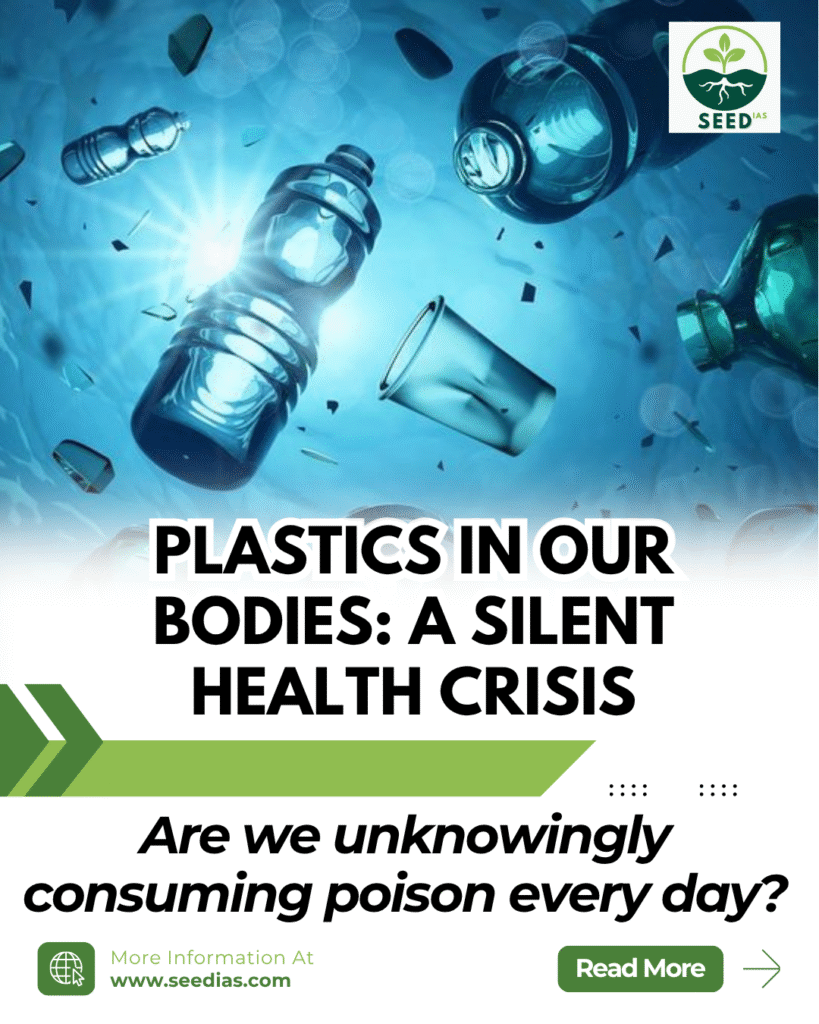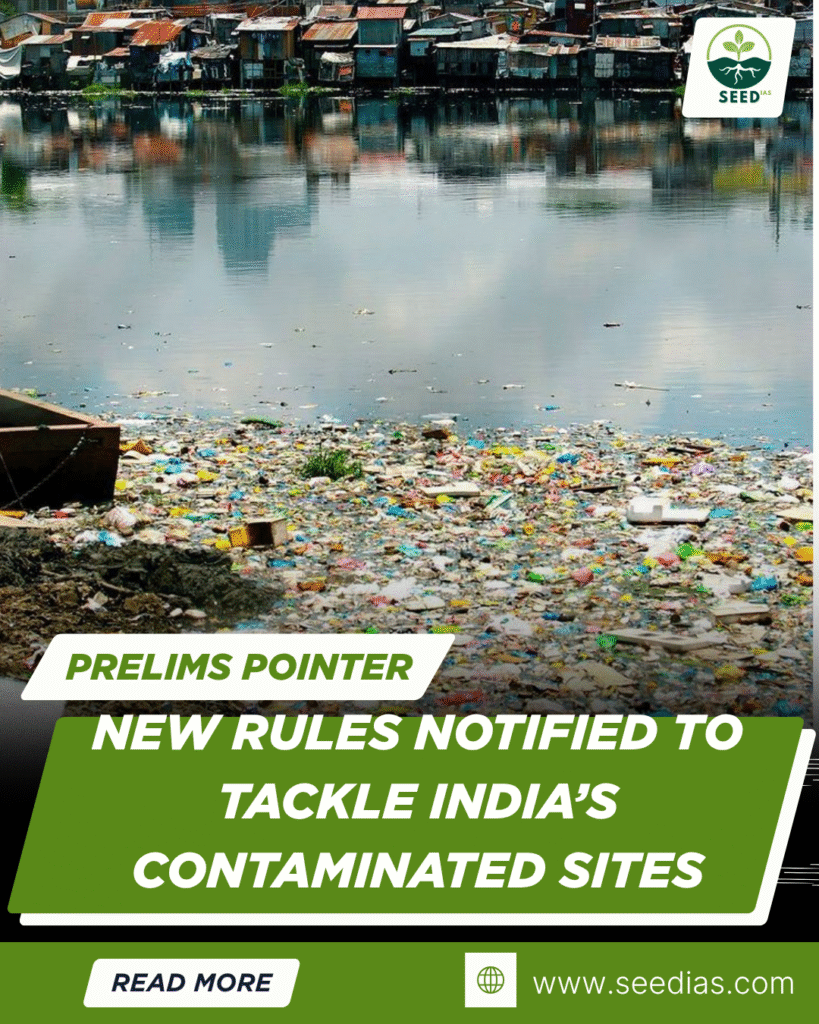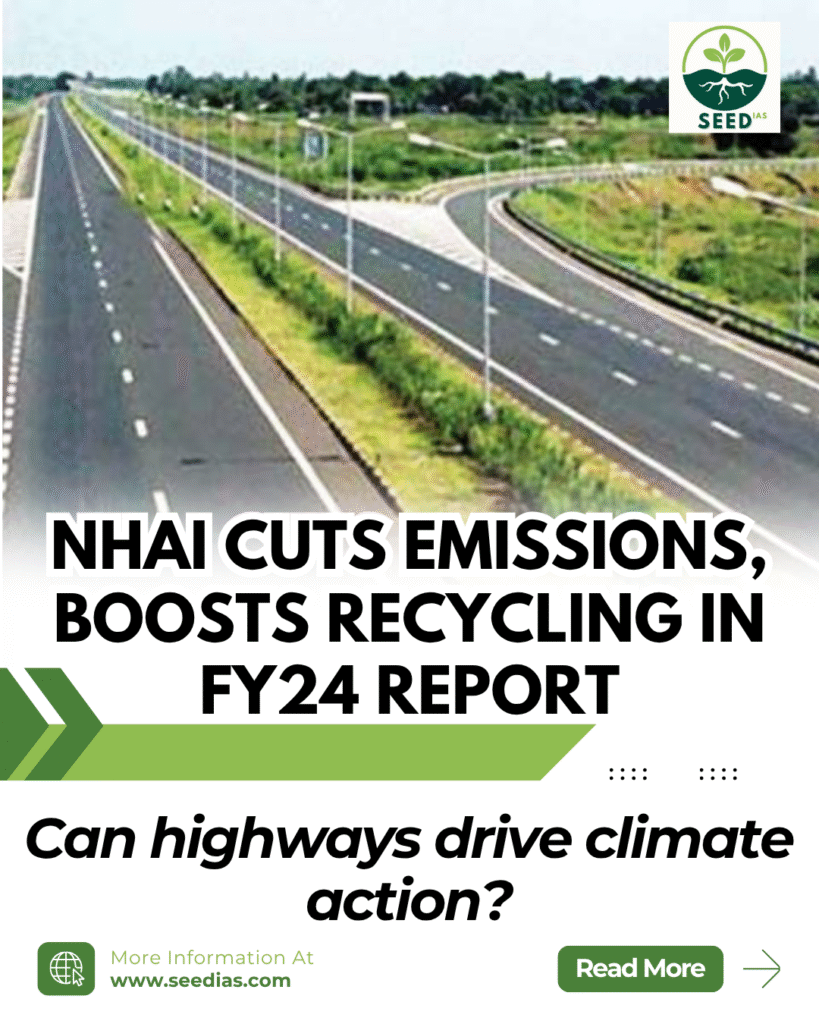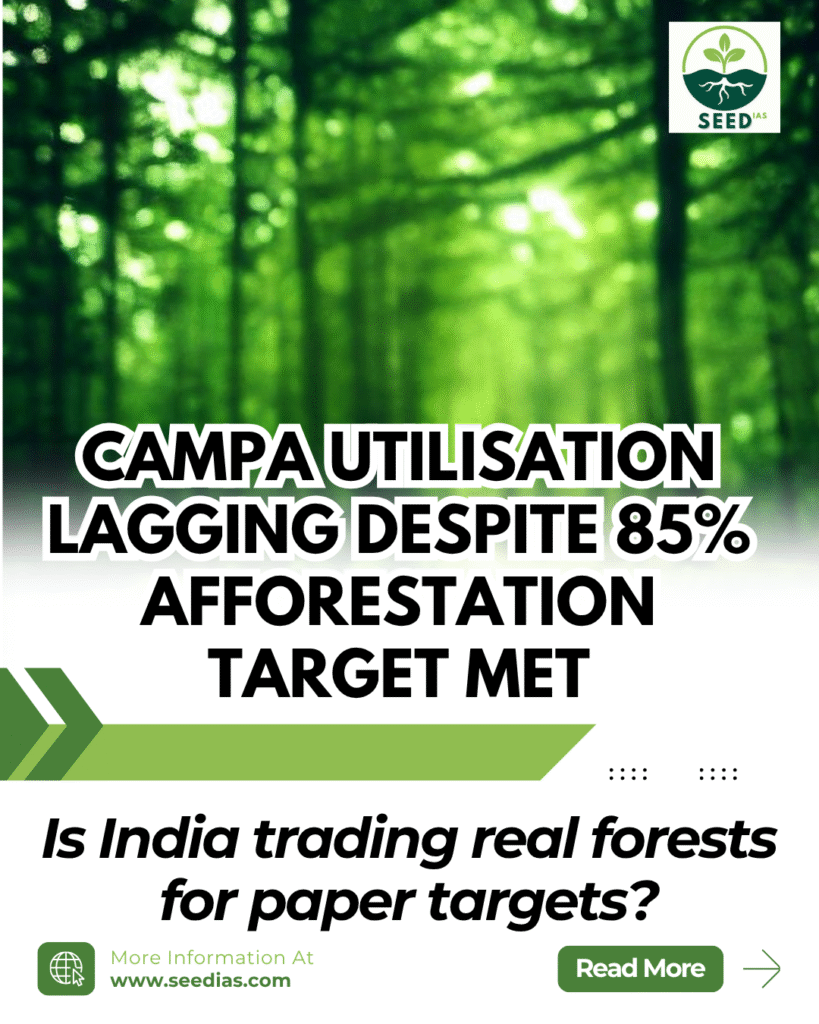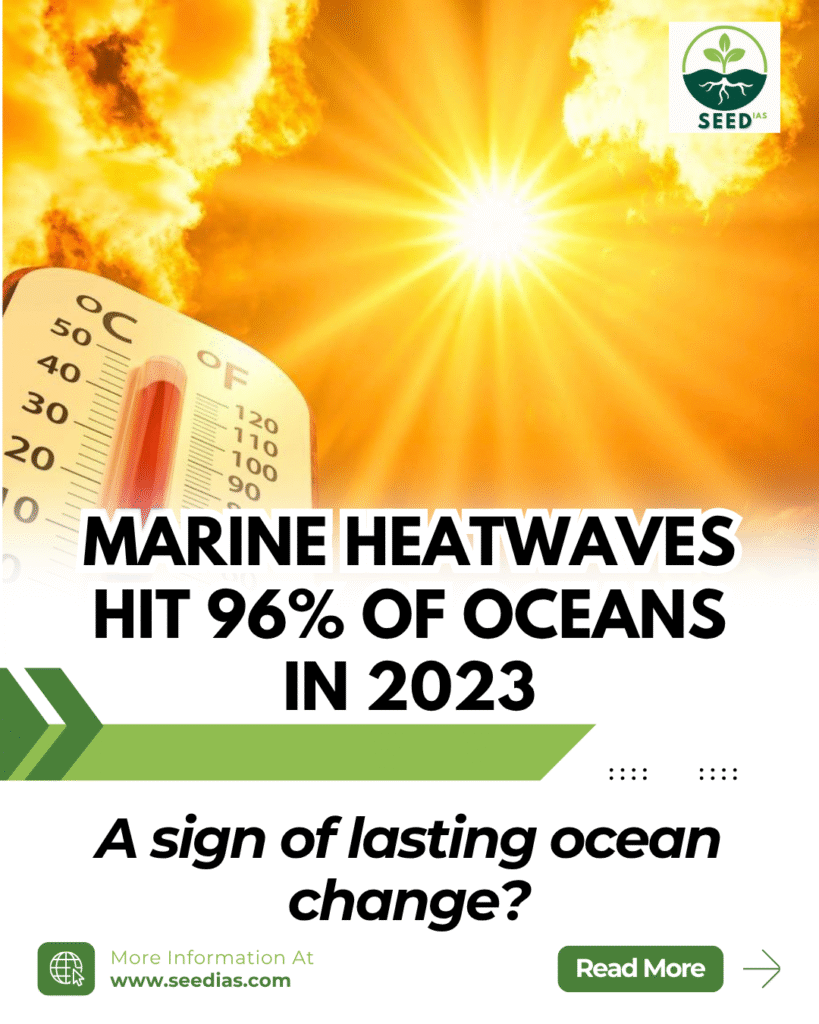Why in NEWS
Recent studies reveal high levels of microplastics and endocrine-disrupting chemicals (EDCs) in human tissues, raising serious health concerns in India, the world’s top plastic pollut
Key Terms and Concepts
| Term | Meaning |
|---|---|
| Microplastics | Plastic particles smaller than 5 mm found in water, soil, and human bodies |
| Endocrine Disrupting Chemicals (EDCs) | Chemicals that interfere with hormonal balance (e.g., BPA, DEHP) |
| Phthalates | A group of chemicals used to make plastics flexible, linked to hormone disruption |
| PFAS | Persistent chemicals used in coatings and packaging, known to affect metabolism and fertility |
| Extended Producer Responsibility (EPR) | Policy that makes producers accountable for the collection and disposal of plastic waste |
| Plastic Waste Management (PWM) Rules | Indian legal framework for regulating plastic waste generation and processing |
How Microplastics and EDCs Harm Human Health
| Impact Area | Description |
|---|---|
| Men | Reduced sperm count, motility, hormonal imbalance |
| Women | Egg damage, PCOS, miscarriages, endometriosis |
| Both | Exposure linked to cancers, thyroid dysfunction, diabetes, metabolic syndrome |
| Children | Risk of early puberty, learning disabilities, and obesity from EDC exposure |
| Tissue Penetration | Found in lungs, heart, placenta, semen, breast milk, and even ovarian fluid |
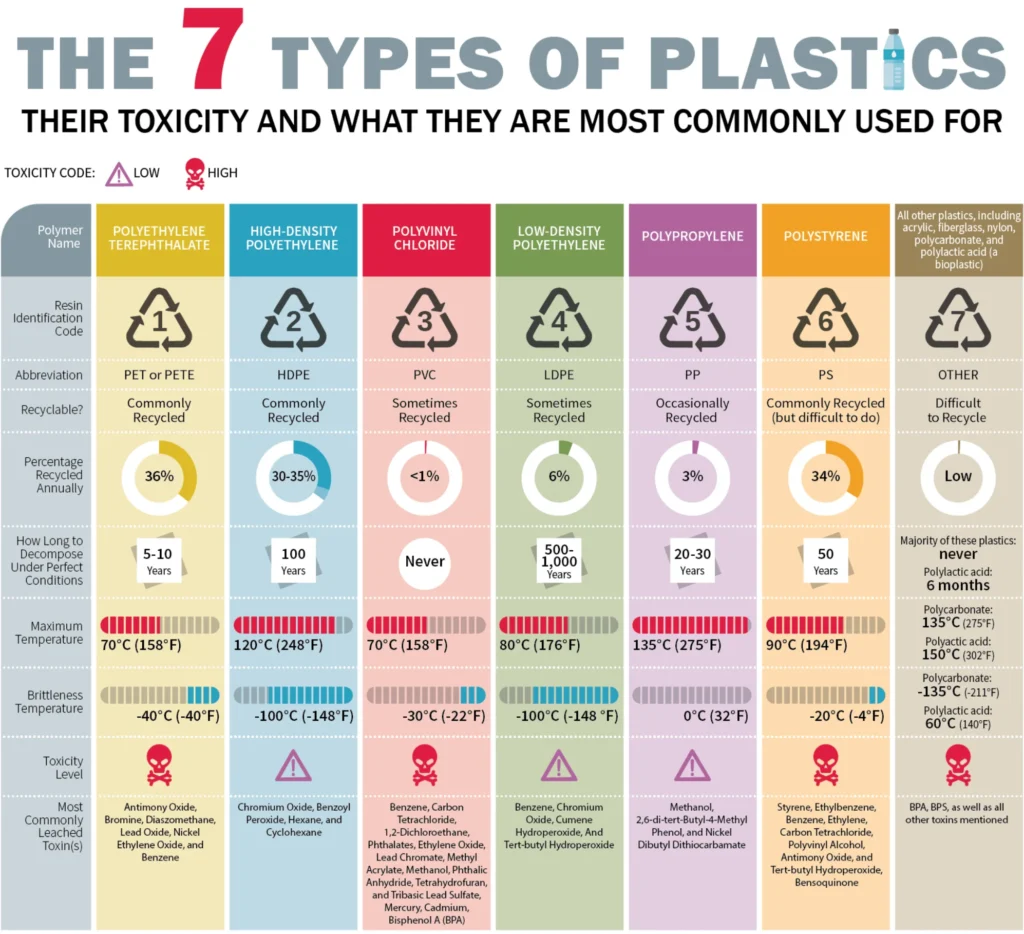
India’s Plastic Problem: Current Concerns
| Issue | Details |
|---|---|
| Massive Waste | 9.3 million tonnes/year; highest globally |
| Burning Hazard | 5.8 mt burned, polluting air with toxic gases |
| Flood Risk | Clogged drains worsen urban flooding |
| Microplastic in Cities | Detected in Mumbai air, Delhi and Chennai water |
| Agriculture Impact | Soil degradation due to plastic in wastewater and mulch |
| Economic Loss | $133 billion projected loss in plastic packaging value by 2030 |
| Weak Systems | Poor segregation, weak recycling tech, unregulated informal sector |
| SUP Growth | Single-use plastics form 43% of waste; enforcement of bans is poor |
India’s Current Initiatives
| Initiative | Objective |
|---|---|
| Swachh Bharat Mission | Improve urban sanitation and waste management |
| India Plastics Pact | Voluntary business-led commitment to circular economy |
| Project REPLAN | Use recycled plastic in road construction |
| Un-Plastic Collective | Multi-stakeholder platform to eliminate plastic pollution |
| GoLitter Project | International collaboration on litter reduction |
What India Needs to Do
| Focus Area | Key Actions |
|---|---|
| Filtration & Infrastructure | Invest in microplastic filtration in water systems; build advanced recycling tech |
| Awareness & Education | Embed plastic pollution education in school curricula and mass media campaigns |
| Health Surveillance | Launch national biomonitoring programs to track plastic-related diseases |
| Tax & Incentives | Levy cess on virgin plastic; subsidize alternatives like jute, cloth, biodegradable plastics |
| Tighten Regulations | Classify harmful additives as toxic under EPA 1986; revise PWM Rules to include chemical toxicity |
| Enforce EPR | Strengthen PIBO accountability with audits, traceability, and third-party validation |
| Global Cooperation | Partner with initiatives like UN Clean Seas for best practices and global alignment |
In a nutshell
Memory Code: P-L-A-S-T-I-C
Public health monitoring
Limit virgin plastic use
Alternatives promoted
Single-use bans enforced
Toxic additives classified
Infrastructure for recycling
Campaigns for awareness
Prelims Questions
- Which of the following chemicals is classified as an endocrine disruptor found in plastics?
a) Urea
b) Bisphenol A (BPA)
c) Sodium chloride
d) Calcium carbonate - What is the main source of secondary microplastics?
a) Textile fibers
b) Cosmetic microbeads
c) Breakdown of larger plastics
d) Medical IV tubes - What is the objective of India’s Extended Producer Responsibility (EPR) policy?
a) Ban plastic packaging imports
b) Promote paper packaging
c) Make producers responsible for plastic waste collection and recycling
d) Provide free plastic to informal recyclers
Mains Questions
- Microplastics and endocrine disruptors are emerging environmental health risks in India. Discuss the sources, health impacts, and regulatory gaps. (GS3 – Environment & Health)
- Evaluate India’s policy and institutional framework to tackle plastic pollution and suggest reforms for effective plastic waste management. (GS3 – Environmental Conservation)
Answer Key Table
| Q.No | Answer | Explanation |
|---|---|---|
| 1 | b | BPA is a well-known endocrine disruptor found in plastic containers |
| 2 | c | Secondary microplastics are formed from the degradation of larger plastic items |
| 3 | c | EPR mandates producers to collect and recycle the plastic they introduce into the market |

